
5 minute read
THE IMPORTANCE OF CONCEPTS IN MATHS
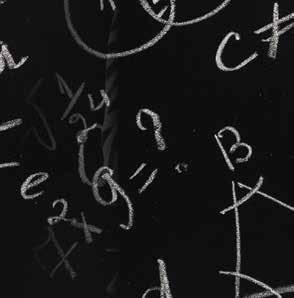
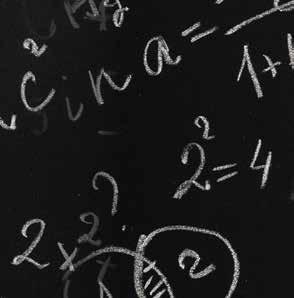
Advertisement
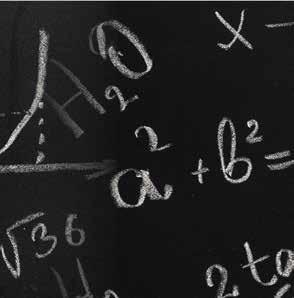
For many pupils, mathematics is a subject of memorisation and calculation. In his 2011 study,1 ‘Pupils’ attitudes towards mathematics: a comparative study of Norwegian and English secondary students’ Birgit Pepin noted “English pupils perceived the nature of mathematics more rigidly as ‘getting the right answer’, and where little creativity is encouraged” and “it is boring and it does not allow you to be creative. … mathematics is also very complicated as you have to use many di erent formulas…”.
By Peter Mattock
Learning mathematics doesn’t have to be like this. I don’t mean we need to substitute learning for “fun” activities or make pupils face problems for which they are ill-prepared. Instead, I mean that we can ensure pupils learn about mathematical ideas rather than just do calculations and learn formulae. Within each mathematical concept there is an inherent structure that we can model and represent and so can teach pupils to recognise those structures so that they can gain insight into the procedures and formulae that arise from them.
Take, for example, simple column addition. This is a process that nearly all pupils learn to carry out successfully. What many pupils never learn about is that column addition works because of the properties of three maths concepts:
1) Addition; modelled as either aggregation (collecting objects) or augmentation (connecting measures).
2) Place Value; the idea that a fixed number of digits (usually the 10 digits 0 to 9) can be combined to create numerals that can represent (nearly) any number by assigning different values to the positions that the digits occupy.
3) Exchange; the idea that any expression or value can be swapped with another equal expression/ value.
Ensuring that pupils understand the concepts at play in a process like this has many advantages. Firstly, appreciating how the column addition algorithm arises from these concepts will allow pupils to use it more flexibly. For example, pupils can recognise that in a calculation such as 3020 + 406 that (because no exchange is required) I can add the columns in any order I like rather than the fixed process of starting with the ones column and working up the different place value columns.
Perhaps more importantly, pupils are in a much stronger position to accept that a calculation like 2999 + 397 (a calculation that occasionally causes issues due to the number of different exchanges required) is equivalent to the calculation 3000 + 396 (a much more straightforward addition to calculate).
In addition to helping to develop this more flexible use of processes and procedures, another big advantage to approaching the teaching of mathematics in this way is that it allows us to support pupils in making connections between different procedures that arise from the same concepts. For example, the addition of fractions uses exactly the same concepts and models of addition and exchange (along with the concept and suitable models for fractions).
The addition of surds uses the same concepts again, as does the addition of terms expressed algebraically (in fact it is because these concepts are what allows the addition of algebraic terms to work in the way it does that they also arise with all of these different types of numbers). When pupils learn about concepts like addition and exchange, revisiting them and combining them with an everdeveloping concept of number, they can see more clearly the links between these seemingly different processes. In the last few years cognitive science has contributed much to our knowledge of how to make learning “sticky” with pupils, and an important idea from cognitive science is the idea of a schema. A schema is the way we organise our knowledge of different concepts; how it is connected in our heads. In order to gain new knowledge, we must assimilate it into our existing schema.
Where things like column addition, addition of fractions, addition of surds, addition of vectors and addition of algebraic terms are taught as separate and distinct processes to be memorised, these connections are not made and so have to be remembered as isolated bits of knowledge (which of course many pupils never do).

Where pupils are first taught about addition, place value, fractions, surds, vectors and terms and shown how these concepts combine in very similar ways to allow us to make sense of what it means to add all of these different entities, the connections are much stronger and the knowledge much more easily recalled.
Another advantage to approaching maths teaching by teaching about mathematical concepts is that the journey through mathematics becomes infinitely more coherent. Instead of pupils feeling like they have to learn a million and one separate little facts, conventions and processes, they instead can come to recognise that these immutable concepts simply reappear in different guises.
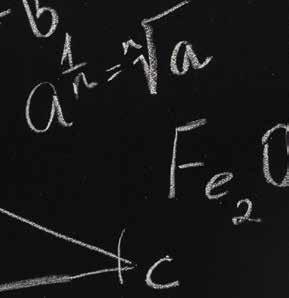
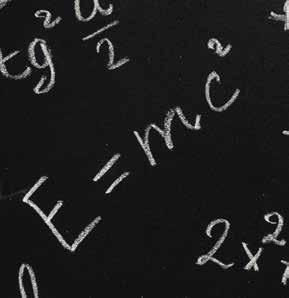
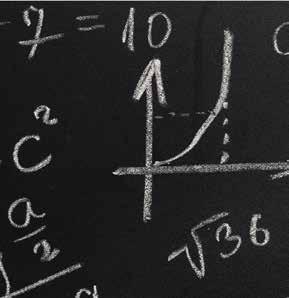


A good example of this is the concept of proportion. Proportion and multiplicative reasoning pervades much of school level mathematics. It is the underlying concept and structure behind percentage, pie charts, similarity, unit conversion, compound units (such as speed and density) and gradient (to name but a few). It is very typical to see each of these things taught in many different ways. Percentage taught with the use of decimal multipliers.
Pie charts taught using a unitary method (i.e. work out the frequency associated with a single degree of turn). Similarity taught using scale factors. Unit conversion taught with a conversion factor. Compound units taught with formula triangles. Gradient as “rise over run”. Is it any wonder that many pupils simply cannot remember and recall all of these things?
Instead, pupils could see all of these as aspects of the same concept – the multiplicative relationship that exists between two quantities. Using a suitable and consistent set of representations and intelligently designed practice, pupils can really see that these are the same underlying idea and so gain a much more coherent view of the mathematical landscape that we are teaching them about.
And, ultimately, this is what I hope that my new book, Conceptual Maths will empower teachers to do. Laid out within its pages are every maths concept taught at school level (at least in England). It showcases how we can model and represent these concepts in a way that provide the coherent experience that pupils need. It highlights which aspects of a concept are pre-requisite to other concepts and how concepts are linked together. It illustrates how the processes associated with the concepts arise from them so that teachers can ensure pupils know not just how to carry out a procedure but also why the procedure works in the way it does. Finally, it gives examples of questions and tasks that can be used to get pupils thinking hard about these concepts and reinforce the key structures within each concept.
In his seminal work, ‘Mathematics counts’ (often known as the Cockcroft report) Dr WH Cockroft writes, “Conceptual structures are richly interconnected bodies of knowledge, including the routines required for the exercise of skills. It is these which make up the substance of mathematical knowledge stored in the long term memory. They underpin the performance of skills and their presence is shown by the ability to remedy a memory failure or to adapt a procedure to a new situation.” 2 This, for me, is what mathematics is, and what we should be teaching pupils about; I just hope that Conceptual Maths both helps teachers to see both why this is important and how to do it well.
References:
1. https://www.google.com/url?sa=t&source=web&rct=j&url=https://scholar.google.co.uk/scholar_url?url=https://www.academia.edu/download/49198074/s11858011-0314-920160928-12079-1ktrtut.pdf&hl=en&sa=X&ei=mFrrY72UIYbTmAHh8IOgDA&scisig=AAGBfm27F9FizqGPaNtHf2qGDH3Jx0EV9A&oi=scholarr&ved=2ahUKEwjniv2435T9AhWZg1wKHdxtDhYQgAN6BAgJEAE&usg=AOvVaw0b5nwmNOeQNGRQ5_CoZlMq
2 http://www.educationengland.org.uk/documents/cockcroft/cockcroft1982.html

